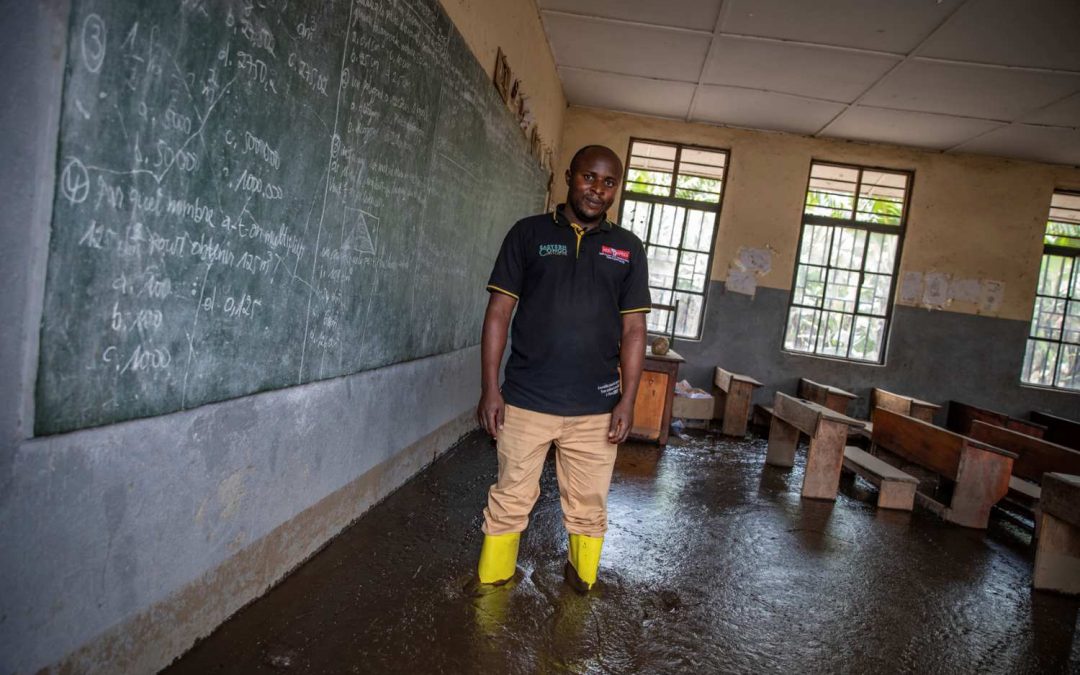Written By Fatima Pillosu; PhD student in the Geography Department, University of Reading, UK
The Update for COP29 of WMO’s State of the Climate 2024 has once again issued a red alert for the global community: globally, “January-September 2024 was 1.54 ± 0.13 °C above pre-industrial average”. If the trend persists, “2024 is on track to be the warmest year on record”.
While this alarming milestone does not mean we have failed to meet the Paris Agreement’s long-term goal of limiting global warming to 1.5 °C, it highlights that we are at serious risk of failing at some point in the future. Natural climate variability plays a role in year-to-year fluctuations. However, the broader trend of sustained warming due to greenhouse gas emissions is clear. The record-breaking emissions in 2023, coupled with further increases in 2024, present a bleak outlook for our climate ambitions. With “2015-2024 being the warmest ten years on record, it is alarming the pace at which the climate is changing in the space of only one generation” (Celeste Saulo, Secretary General of WMO, COP29).
The Escalating Consequences of Inaction
The impacts of global warming are no longer a distant threat. They are here and intensifying. Accelerating sea-level rise, record-breaking ocean heat, and extreme weather events (e.g., heatwaves, torrential rainfall, and catastrophic flooding) are wreaking havoc across the globe.
The severe flash flood in Valencia in October this year are a stark reminder of the stakes. Despite accurate forecasts highlighting the severity of the event, gaps in warning communication and preparedness led to devastating loss of life and destruction. This highlights a critical point: accurate forecasts alone are insufficient without robust systems to translate this knowledge into effective action.
A Call for Multi-Hazard Early Warning Systems (MHEWS)
To mitigate the impacts of these increasingly frequent and severe hazards, the scientific community must prioritise multi-hazard early warning systems (MHEWS). Initiatives such as Early Warning for All (EW4All) are vital, not only for improving forecasting capabilities but also for addressing systemic vulnerabilities in communication, preparedness, and response.
The WMO’s Update notes that as of March 2024, 108 countries reported having MHEWS in place. However, coverage remains uneven, with significant gaps in the Americas, the Caribbean, and Africa. Closing these gaps is critical, as early warnings that fail to reach the most vulnerable populations cannot save lives or protect livelihoods.
No Room for Complacency
The path forward demands urgency and unity. Science must continue to inform policy, but we also need tangible action on mitigation and adaptation. With each passing year, the window for meaningful intervention narrows. We must act decisively—not just to meet arbitrary targets but to safeguard the planet for future generations.
“What are we going to do if we do not meet the goal established by the Paris Agreement?”– “It is simply not possible to give up on the 1.5 °C threshold” (Celeste Saulo, Secretary General of WMO, COP29).


